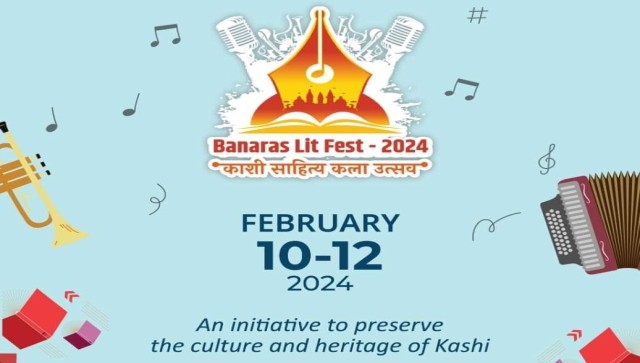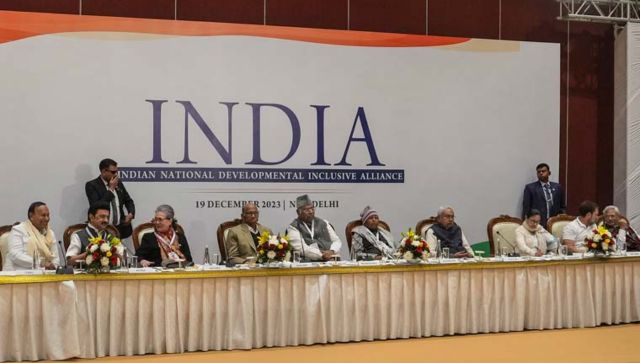Varanasi: The holy city of India has a problem. It’s one of the most popular tourist destinations in India, but it also has a filthy, dark, dingy side. Other than the garbage strewn on the side corners of holy temples and holy water, it is also one of the most dangerous cities for women.
Uttar Pradesh has one of the highest crime rates against women in India. According to an article on IndiaSpend.org, as many as 38,467 crimes against women were registered in UP – one every 15 minutes – followed by West Bengal (38,299) and Rajasthan (31,151). Also Shivdaspur, Varanasi, is one of India’s most prominent and infamous red light area. This area, situated 10 km from the Varanasi Railway Station is one of the biggest red light areas of Uttar Pradesh. Several NGOs too are established in and around the area that help in saving children from getting into prostitution.
Enter Ajeet and Manju, a couple who runs the little known NGO Guria, which aims to put an end to human trafficking and sexual slavery. Aniket Tari and Joyna Mukherjee documented the inner workings of the NGO in their 13-minute documentary titled Gudiya.
The documentary starts with the clichéd visuals of Varanasi: there’s lots of prayer and holiness going around, sadhus are chanting mantras and people are getting cleansed in the Ganga. In contrast to this holy picture, as the camera takes us on a tour of the tourist hot spots of Varanasi, is a voice over of a young woman telling her story of being sold into prostitution, and it is chilling.
Tari and Mukherjee take us through the stories of three women who were rescued by the NGO ‘champions’ Ajeet and Manju. Ajeet decided to open Guriya at the age of 18 as he wanted to make a difference in the lives of the children of prostitutes by educating them, and that’s how the NGO began. Munju joined the team later and has been indispensable since, heading the rescue operations into places like Shivdaspur without any fear.
About making the documentary, Mukherjee said: “It began was an overwhelming experience for us making this video. The stories narrated by young girls who were trafficked at an age as young as six-months-old made me, as a woman, cringe. We believe we’ve failed as a society. The fact that it’s the 21st century and we’re still dealing with basic human rights is appalling. All I can say is that this video is a reflection of our anger and even if it stirs one soul, our job here is done.”
“We hear about trafficking and we immediately look away. It’s time we stop doing that. You never know how you can save a life with the tiniest bit of intervention. That’s exactly why ‘Gudiya’ had to be made,” Tari, the co-director, said in a statement.
The documentary, featured on Culture Machine‘s YouTube channel Blush, gives a glimpse into the flesh trade yes. It’s brilliantly made, with seamless editing and camera skills, and the story pulls at your heartstrings. The first thing you will do after watching the short is definitely google the NGO. The contrast between the divinity of the city and the heartlessness of the flesh trade is also brought out brilliantly. But what we miss during the documentary is the hope that we would have got a little bit more of the couple who runs the NGO. The bits with them seem to be rushed — but it looks like their backstories would have made a great addition to the film’s premise, because the topic of prostitution in India has been done to death in films after Born Into Brothels premiered in 2004.


)




)
)
)
)
)
)
)
)